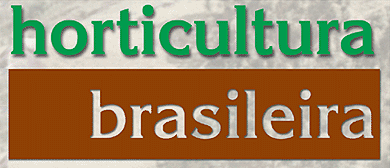RESUMO
O objetivo do presente estudo foi determinar a melhor densidade e arranjo do tomateiro tutorado verticalmente para a pulverização mecanizada. Foram realizados dois experimentos nas safras 2013/14 e 2014/15 em Calmon-SC. Na safra 2013/14, o delineamento experimental foi em blocos ao acaso com arranjo fatorial 4x2, sendo combinados quatro densidades de plantas (10.753, 12.903, 16.129 e 21.505 plantas/ha) e dois arranjos de plantas tutoradas verticalmente (fila simples e fila dupla). Na safra 2014/15, o delineamento experimental foi em blocos ao acaso com arranjo fatorial 5x2, representado pela combinação de cinco densidades de plantas (10.753, 12.903, 16.129, 21.505 e 32.258 plantas/ha) e de dois arranjos de plantas tutoradas verticalmente (fila simples e fila dupla). Avaliou-se a produtividade total, comercial (extra AA e extra A) e descarte, a massa média de frutos comerciais (extra AA e extra A), a severidade de doenças foliares e procedeu-se a análise econômica dos tratamentos. O arranjo de plantas em fila dupla, para a pulverização mecanizada do tomateiro, proporcionou maior produtividade de frutos comerciais e com maior porcentagem de frutos de melhor classificação, em comparação ao arranjo de plantas em fila simples. A máxima produtividade de frutos foi obtida na densidade de aproximadamente 34.000 plantas/ha, embora a densidade em que se obtém o maior retorno econômico é estimada em 23.000 plantas/ha. As maiores severidades de mancha bacteriana e septoriose foram observadas no arranjo de plantas em fila dupla, em relação ao arranjo de plantas em fila simples. O aumento da densidade de plantas aumentou a severidade de mancha bacteriana e de pinta preta.
Palavras-chave:
Solanum lycopersicon; sistema de cultivo; mecanização; severidade de doença; análise econômica

 Thumbnail
Thumbnail
 Thumbnail
Thumbnail

